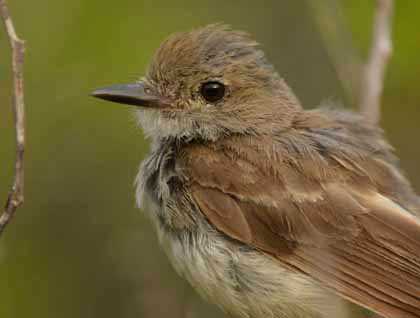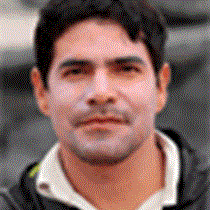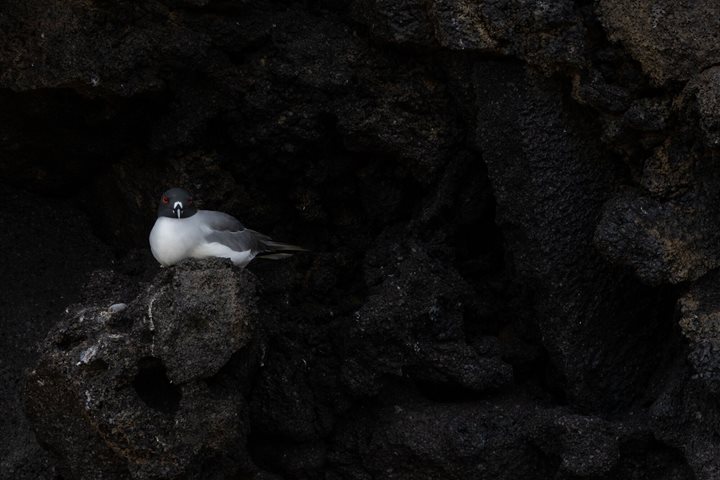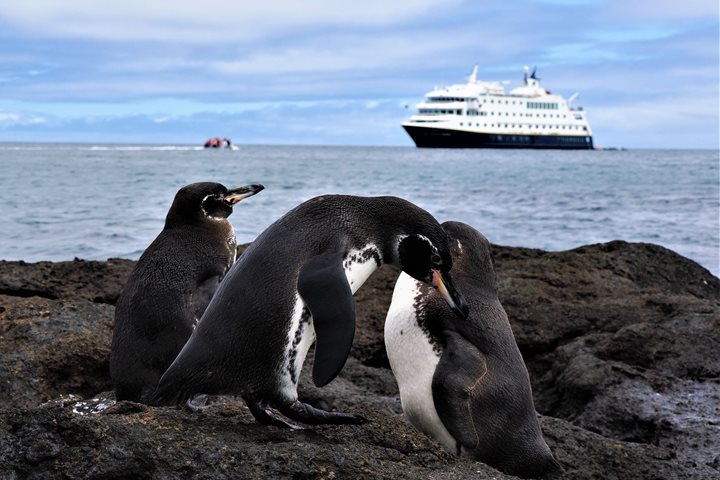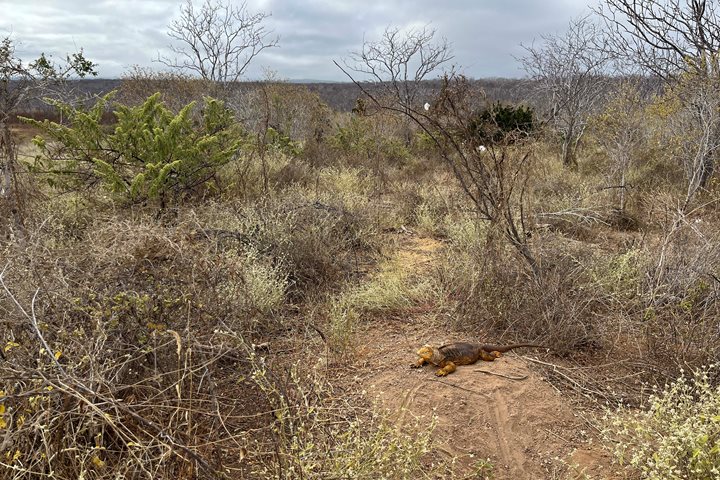Earlier this morning, we arrived at Santa Cruz Island in the center of the archipelago. Our first stop was the Charles Darwin Research Station (CDRS) run by the Galapagos National Park. On our tour, guests learned about ongoing conservation and rehabilitation projects. There were once 14 different giant tortoise species in Galápagos, but due to human activities such as hunting and the introduction of invasive species and pets, there are now only 10 species of giant tortoises.
This morning, we observed many different aspects of the breeding program for Galapagos giant tortoises. We saw baby tortoises in their corrals, as well as adults, including Super Diego, a male giant tortoise brought back from the San Diego Zoo in California to help carry on the Española island species. At another corral, our guests could compare for themselves the differences between giant tortoise species, such as shell shape in the saddleback and domed shell species.
Afterward, we explored the town of Puerto Ayora, home to 20,000 “galapagueños” (residents of Galapagos), many of whom support the active tourism and fishing industries. Guests experienced some local flavor by walking through the bustling streets and stopping in shops and cafes. At the local fish market, pelicans and sea lions eagerly waited for scraps and helped manage waste.
In the afternoon, we headed to the Santa Cruz highlands, where we split into two groups. Some guests toured “El Trapiche” farm to experience different aspects of sugar and coffee production. Another group visited the Tomas de Berlanga School, a private school located in the lush, forested highlands. Students and teachers guided the guests on individual tours of the school, providing a glimpse of a typical day for students who live in this unique location. These tours were capped by lunch at a nice restaurant called Aquelarre.
Replenished, we set out to look for Galapagos giant tortoises in the wild and found a number of them. These animals are now in the process of migrating to the highlands. From now until January, they will feed on the abundant vegetation in the moist uplands.
After a great day on Santa Cruz, we returned to the ship where we enjoyed an after-dinner performance by Ecuadorian musicians and dancers whose costumes represented the four regions of Ecuador.

